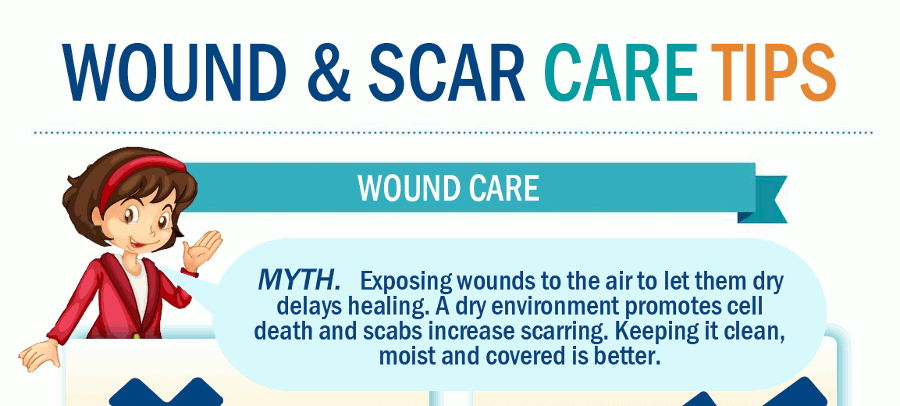Table of Content
The edges are then sutured as the fluid drains from the cyst. If you have a large ranula, your doctor may recommend surgery. A surgeon will remove the cyst from your mouth along with the sublingual gland that's causing the problem. If they only remove the cyst and leave the gland behind, a new cyst could form later. There are other surgical procedures which are all based on making the tissue insensible, such as electrocautery , cryosurgery and ablation or vaporization with laser.

It keeps your mouth occupied and ensures that you don’t meddle with the cyst. The disadvantage of this procedure is the discomfort that arises if the injection method is not correct. It can cause some pain, and the process may lead to mucosal atrophy as a side effect.
How Is Plunging Ranula Treated?
As the term suggests, this process involves the injection of a sclerosing agent or corticosteroid in the lesion. This enables the drainage of the cyst, which, in turn, reduces its size. It may also be repeated with no permanent side effects and can be suggested to patients for whom surgery has been contraindicated due to their age or medical history. This procedure involves the use of a beam of laser with the appropriate wavelength and absorption coefficient.
The only common side effect of treatment is mild painless swelling in the treated area for several days after treatment. Patients can eat normally immediately after the procedure and as there are no incisions or stitches, no wound care or dressings need to be managed. Rarely, a ranula can spontaneously go away without any treatment but usually a procedure will be needed to treat the problem.
ranula
If you’ve had surgery to remove the ranula and your salivary gland, you’ll probably need to take about one week off of work or school. If you had a less invasive procedure, such as needle aspiration, you’ll be able to return to normal routines in a day or two. The standard procedure for diagnosing a mucocele involves your doctor asking you about a history of trauma to your lips, such as the history of lip biting. Excision of sublingual gland as treatment for ranulas in pediatric patients. Sublingual gland excision for the surgical management of plunging ranula.

Oral habits such as lip biting may lead to the formation of such lesions, and if that is the case, the patients should be advised against it. Ranulas are one of the most common salivary gland disorders. Ranulas most often occur in the sublingual glands beneath the tongue, which empty onto the floor of the mouth.
Review Questions
But you should see a doctor for an enlarged ranula since there’s the risk of the lesion rupturing. You’ll know the ranula is enlarged if it impairs eating, swallowing, speech, or breathing. The disadvantage of this process is that it causes necrosis and sloughing along with the treatment. Other disadvantages of cryotherapy include an unpredictable degree of swelling and not being able to determine the exact depth and area of freezing. The advantage of this process is that it causes less discomfort and bleeding and lesser complications, such as hemorrhage, infection, and scarring after treatment. Small ranulae are excised; larger ones are marsupialized, i.e. de-roofed so that the cyst opens into the floor of the mouth.
But, since the removal of the whole ranula is very risky if it is rather big, the mentioned procedure of sucking up the contents is the better solution. However, this procedure is the most effective in all children because their tissue can regenerate fester. And it is done with applying certain fiber onto the affected spot, which will have an effect similar to a sponge on water. Depending on its size, your doctor can make an incision and drain the cyst to decrease swelling. Small ranulas that don’t cause problems may not require treatment.
Causes Of Mucocele
Rarely, ranulae may extend backwards into the parapharyngeal space. Mucoceles and ranulas result when there is a disruption of the flow of secretions of the salivary glands mostly due to trauma and present as asymptomatic swellings in the oral cavity. Usually, they tend to resolve spontaneously but sometimes may interfere with swallowing, speech, or respiration.

The advantages of this method include minimal discomfort while the process is carried out, less bleeding, better compliance among patients, and lesser chances of recurrence. Lasers have also been seen to cause lesser injury or trauma to the affected area and allow faster recovery. Medical treatment of the mucocele depends on the severity of the cyst that has developed. If you have a superficial cyst , the chances are that it may resolve on its own. However, if the cyst is deep and occurs frequently, it may need immediate medical attention.
This is unusual, occurring in less than 10% of all ranulæ . But definitely don't try to puncture it to release the fluid yourself. Though normally above the mylohyoid muscle, if a ranula is found deeper in the floor of the mouth, it can appear to have a normal color. A ranula below the mylohyoid muscle is referred to as a "plunging or cervical ranula", and PRODUCES SWELLING OF THE NECK WITH OR WITHOUT SWELLING IN THE FLOOR OF THE MOUTH." Speak to your doctor about your symptoms, and they'll find the best treatment option according to your particular condition.

If you experience pain, your doctor may recommend an intralesional steroid injection into the skin beneath the cyst. This not only improves the appearance of the cyst — it may also reduce painful symptoms. This type of ranula treatment involves making a small incision in the cyst and suturing the edges to keep it open.
Instead of saliva draining from the gland into your mouth, it leaks into nearby tissues, forming a cyst or “bubble.” Ranulas aren’t serious, and they typically aren’t painful. Sometimes ranulas go away on their own, but some require surgery. A ranula is a fluid collection, or cyst, that forms in the mouth under the tongue. Instead of the saliva draining from the glands directly into the mouth, one of these glands is damaged, so the saliva leaks into the tissues next to the gland and forms a bubble. This type of treatment is more popular simply because it is far more effective. The most common intervention is the removal a ranula, which can be followed by the removal of some nearby salivary glands in order to avoid the risk of the condition occurring again.
A recent though small study evaluated the effectiveness of orally administered Nickel Gluconate-Mercurius Heel-Potentised Swine Organ Preparations D10/D30/D200, a homo-toxicological agent. Sublingual glands and their pathologic states are difficult to visualise with ultra-sound. Acute presentation of an intraoral dermoid cyst causing airway compromise in a young child.
Finally, the nursing staff is also an essential segment of the interprofessional group as they educate the patient about the disease. Only through this approach of interprofessional collaboration, optimal patient outcomes can be achieved. Describe the appropriate evaluation of mucocele and ranula.

No comments:
Post a Comment